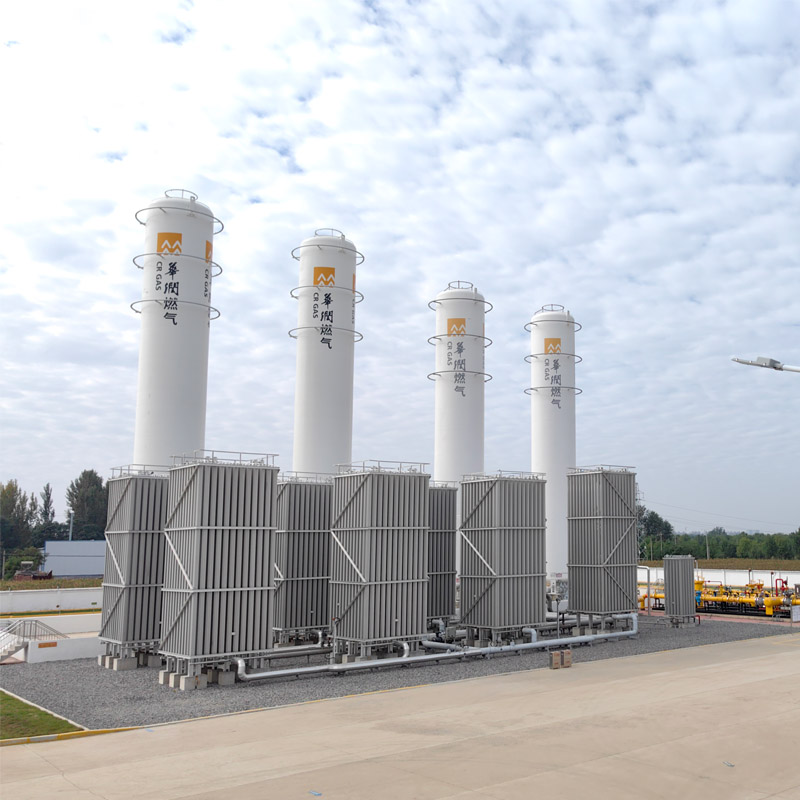
Aug . 05, 2024 14:23
Back to list
Enhancing Gas Efficiency with Innovative Booster Technology for Optimal Performance and Savings
Gas Boosters Enhancing Efficiency in Gas Distribution Systems
In the modern world, the efficient transport and distribution of gases, such as natural gas and industrial gases, are crucial for various applications, ranging from heating and cooking to powering industrial processes. One essential component that plays a significant role in optimizing gas delivery systems is the gas booster. Gas boosters, also known as gas pressure boosters or gas compressors, are specialized devices designed to increase the pressure of gas in a pipeline. This article explores the importance of gas boosters, their working principles, applications, and benefits.
Understanding Gas Boosters
Gas boosters function by compressing gas to a higher pressure, allowing it to be transported more efficiently through pipelines. They help maintain the required pressure levels, especially in long-distance gas transmission and distribution networks where pressure drops can occur due to friction and other factors. By increasing gas pressure, gas boosters ensure a continuous and reliable supply, reducing the risk of interruptions that can adversely affect consumers and businesses.
Working Principles
The operation of gas boosters typically involves a few key components, including an intake valve, a compression chamber, and an outlet valve. When gas enters the booster, it is drawn into the compression chamber where it is compressed by a mechanical or electrical operation, depending on the type of booster used. Once the gas is compressed to the desired pressure, it is expelled through the outlet valve into the distribution network. There are various types of gas boosters, including diaphragm boosters, rotary screw compressors, and reciprocating compressors, each suited for specific applications based on the required flow rate and pressure requirements.
gas booster

Applications of Gas Boosters
Gas boosters are utilized in a multitude of settings. In residential applications, they enhance the gas pressure for heating systems, ensuring that gas is delivered at the correct pressure for optimal combustion efficiency. In industrial contexts, these devices play a vital role in processes such as gas processing, chemical manufacturing, and even food production, where precise gas pressure is essential for productivity and quality consistency. Additionally, gas boosters are critical in the renewable energy sector, where they are employed in biogas and hydrogen production, helping to manage pressure levels in emerging energy systems.
Benefits of Gas Boosters
The integration of gas boosters into gas distribution systems offers a range of advantages. Firstly, they significantly improve the efficiency of gas transportation by minimizing pressure losses, thereby reducing the energy required to move gas over long distances. This efficiency translates into cost savings for gas suppliers and consumers alike. Secondly, gas boosters enhance safety by maintaining optimal pressure levels, which can prevent potential leaks or malfunctions in gas systems. Thirdly, they contribute to operational reliability by ensuring consistent gas delivery, which is essential for industries that depend heavily on uninterrupted gas supply.
Conclusion
In conclusion, gas boosters play an indispensable role in modern gas distribution systems. By increasing gas pressure, these devices enhance efficiency, safety, and reliability across various applications, from residential to industrial uses. As energy demands continue to rise, the importance of optimizing gas transport and distribution will only grow. Therefore, investing in advanced gas booster technologies can yield significant benefits, ensuring that gas remains a vital resource for sustainability and economic growth. As we look towards the future, innovation in gas booster design and implementation will be essential for meeting the challenges and demands of an ever-evolving energy landscape.
Latest news
-
Safety Valve Spring-Loaded Design Overpressure ProtectionNewsJul.25,2025
-
Precision Voltage Regulator AC5 Accuracy Grade PerformanceNewsJul.25,2025
-
Natural Gas Pressure Regulating Skid Industrial Pipeline ApplicationsNewsJul.25,2025
-
Natural Gas Filter Stainless Steel Mesh Element DesignNewsJul.25,2025
-
Gas Pressure Regulator Valve Direct-Acting Spring-Loaded DesignNewsJul.25,2025
-
Decompression Equipment Multi-Stage Heat Exchange System DesignNewsJul.25,2025

